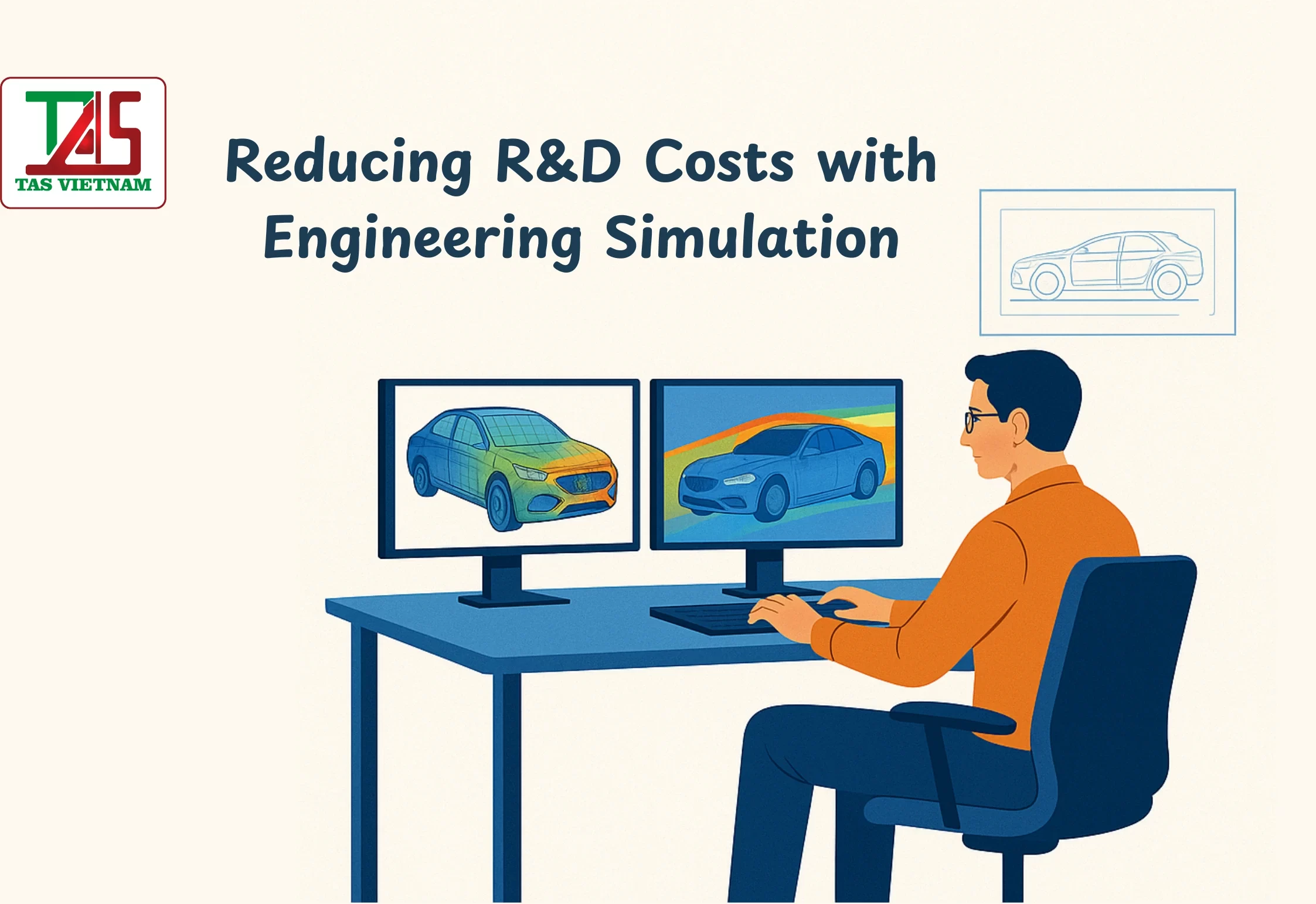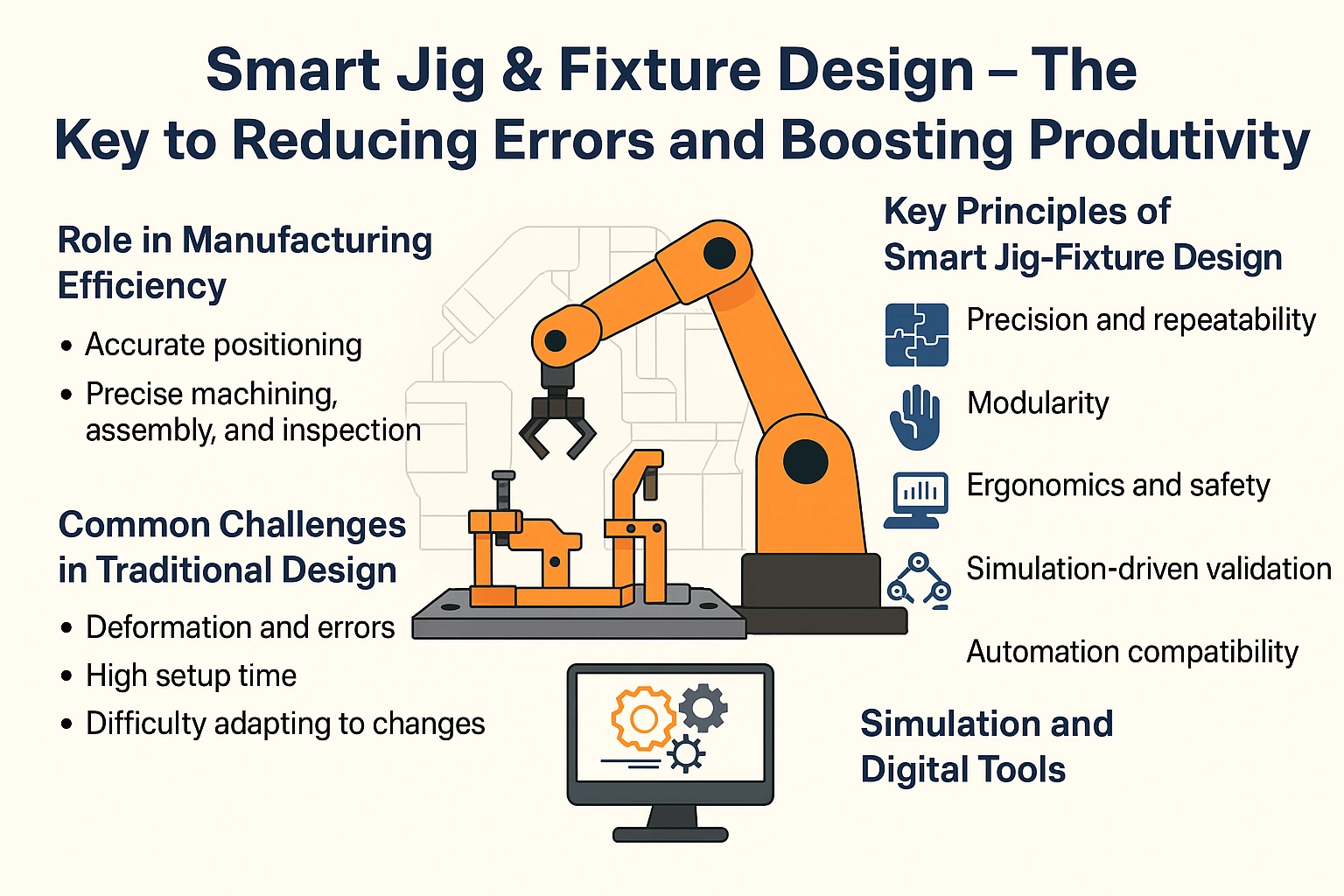In today’s highly competitive market, optimizing research and development (R&D) is critical for manufacturing companies. As foreign businesses expand in Vietnam, achieving both technical efficiency and cost effectiveness becomes increasingly important. One key solution that has transformed the global automotive industry is engineering simulation — a digital approach that enables engineers to innovate faster and at lower cost.
1. The limitations of traditional R&D
Traditional R&D processes rely heavily on physical prototyping and testing. Every design change requires new prototypes, lab tests, or field trials — consuming massive resources and extending development timelines.
In the automotive sector, testing for crash performance, aerodynamics, or material fatigue can account for up to 40% of total R&D expenditure, significantly slowing innovation.
2. Engineering simulation – the virtual laboratory
Computer-Aided Engineering (CAE) enables engineers to simulate real-world conditions virtually. Using advanced software such as ANSYS, Simcenter, and Abaqus, teams can analyze mechanical stress, heat transfer, or airflow behavior — long before building physical prototypes.
Simulation helps identify design flaws early, optimize geometry, and accelerate development, reducing both costs and risks in R&D.
3. Lessons from the automotive industry
Leading automakers like Toyota, BMW, and Ford have proven that simulation can dramatically improve R&D efficiency. For every dollar invested in CAE tools, companies save five to ten dollars compared to traditional testing.
For electric vehicle development, simulation plays a vital role in:
-
Battery thermal management and airflow optimization.
-
CFD for aerodynamic efficiency and range improvement.
-
Crash simulation ensuring safety with fewer prototypes.
This approach has reduced vehicle development cycles from five years to three, saving millions of dollars per program.
4. Adoption in Vietnam
In Vietnam, simulation-driven R&D is gaining momentum, particularly among foreign-invested enterprises. TASVINA supports these companies by delivering CFD, FEA, and structural optimization services, combining global engineering standards with local expertise.
This partnership allows clients to achieve world-class engineering performance at optimized local costs, enhancing innovation capacity and technical independence.
5. The measurable impact
Research by NAFEMS shows that companies adopting simulation achieve:
-
25–30% reduction in R&D spending.
-
Up to 40% faster time-to-market.
-
50% fewer prototypes required.
-
20% improvement in first-time design accuracy.
These outcomes not only reduce costs but also strengthen innovation and sustainability in product development.
6. Conclusion
Engineering simulation has moved beyond being a supportive tool — it is now a strategic enabler of digital transformation in R&D. By integrating simulation into design processes, companies can reduce costs, accelerate innovation, and enhance product quality.
At TASVINA, we are proud to partner with businesses in Vietnam and beyond, providing cutting-edge simulation solutions and engineering consulting services that drive measurable results in performance, efficiency, and cost optimization.












